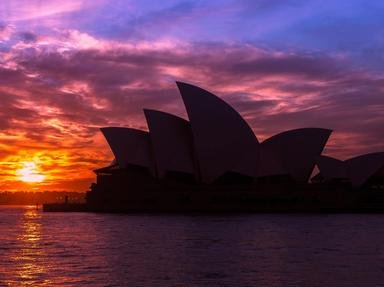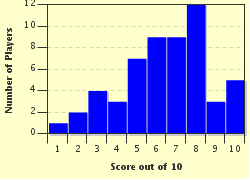Quiz Answer Key and Fun Facts
1. The area that is now (and surrounds) Melbourne was first inhabited by the Kulin Alliance of five Aboriginal tribes. Which of the following is NOT a tribe in the alliance?
2. British explorer John Murray sailed around Australia on the HMS Lady Nelson and discovered Port Phillip, where Melbourne is now situated, in 1802. However, which other British explorer believed he discovered Port Phillip not knowing Murray had arrived there earlier in the year?
3. Convicts first arrived in Melbourne in 1803 though they were quickly moved to Tasmania for what reason?
4. Melbourne is said to be founded on June 6, 1835 when a farmer with what superhero name purchased hundreds of thousands of acres of land from the local Aboriginal people?
5. Melbourne was finally given its present name in 1837 by William Lonsdale, the man who officially founded Melbourne. He named it after William Lamb, the Second Viscount Melbourne, who was what at the time?
6. What was the name of the 1840 clash fought between the Aborigines and Captain Henry Gisborne and his Border Police?
7. By the 1860s and 1870, Victoria became known as a 'working man's paradise', especially in Melbourne, because the city was filled with gold miners and merchants of what other commodity (New Zealand is famous for this commodity)?
8. Despite the (then) terrible economic climate in the city at the time, in 1901 what honor did Melbourne receive?
9. The Shrine of Remembrance, which houses the Eternal Flame, is a monument in Melbourne completed in 1934 and originally dedicated to whom?
10. Which of the following is true about life in Melbourne during World War II?
Source: Author
Joepetz
This quiz was reviewed by FunTrivia editor
bloomsby before going online.
Any errors found in FunTrivia content are routinely corrected through our feedback system.


